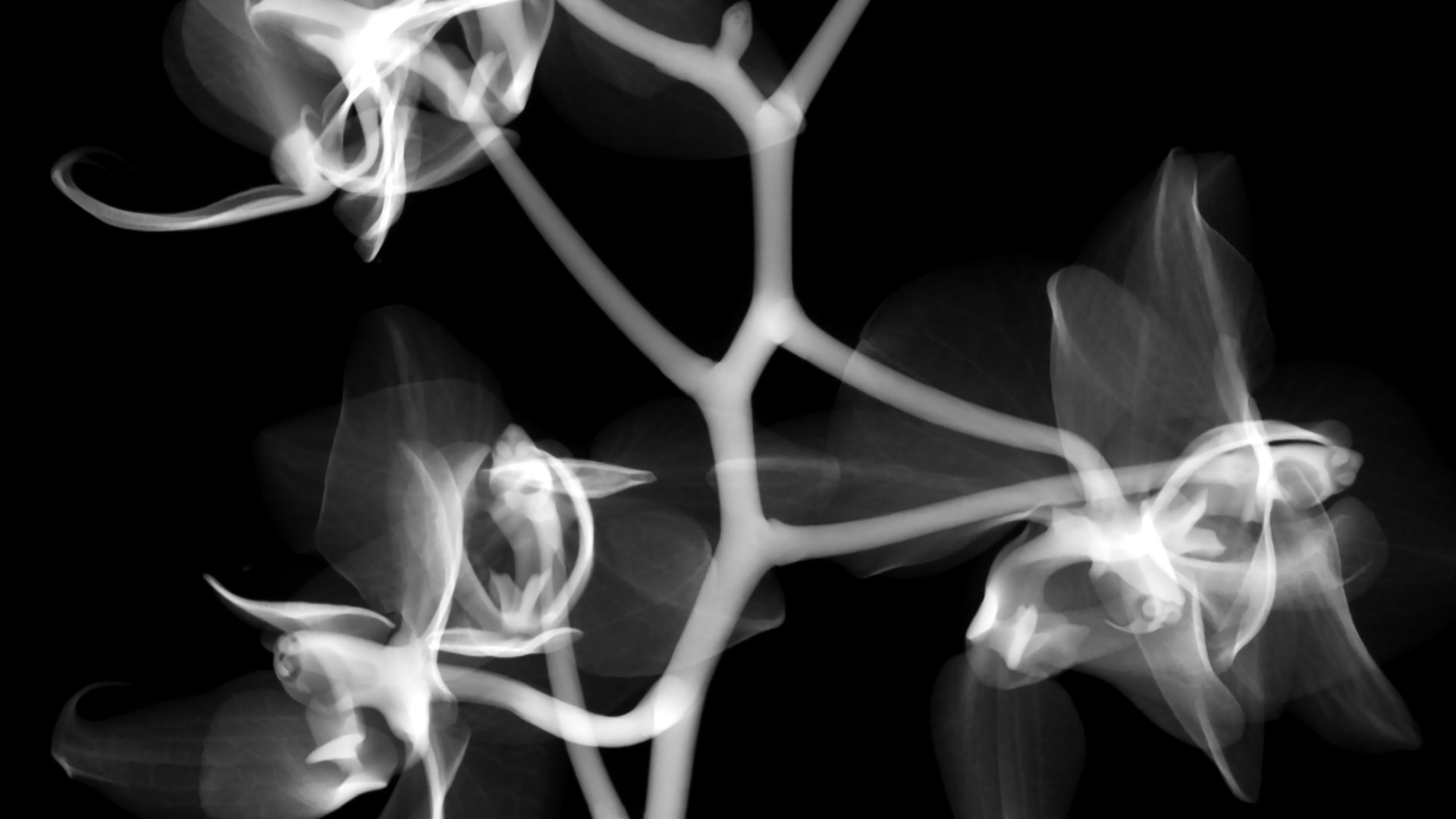KEY TAKEAWAYS
- With the ever-increasing flow of traffic across today’s internet, meeting future needs requires an information infrastructure that can handle the transmission of much more data – at a much lower cost to the environment.
- A new infrastructure platform – IOWN, or the Innovative Optical and Wireless Network, from NTT – answers this need, based upon groundbreaking developments in using light to transmit information. This is the science of photonics and optical transmission.
- In 2019, NTT launched the world’s first optical transistor – a breakthrough in optical fiber and transmission processing technology that realizes high speed and low power consumption at the same time.
- IOWN will introduce optical information transmission on smaller scales, between servers at data centers, on circuit boards that connect computers to networks, and on chips and semiconductors inside them.
- To do this, devices that manipulate light must be dramatically scaled down, and made more economical and high-performance – and this is where photonics-electronics convergence comes in.
- Photonics-electronics convergence technology integrates light and electricity processing capabilities into a single device, and enables more efficient operation.
- IOWN is a concept for realizing new smart societies that are not possible with today’s internet. Together with global partners, NTT will continue its R&D efforts to make this vision a reality.
Humanity’s constant technological innovations have created a prosperous world, but at the same time our progress has damaged the natural environment. It is our firm belief that technology, much as it has inadvertently caused the problem, will bring us the solution too.
In 2019, we built upon our earlier contributions to the advancement of the field of optical technology – which NTT has been researching and developing for more than five decades – with the invention of the world’s first optical transistor.
This transistor, a breakthrough in optical fiber and transmission processing technology, realizes high speed and low power consumption at the same time.
With this invention, a new vision was sparked – where we can achieve a whole new kind of information processing, where vast amounts of data can be transmitted with only a fraction of the environmental impact. NTT calls this new infrastructure the Innovative Optical Wireless Network, or IOWN.
Bringing together electronics and photonics
Photonics is the science of light waves, in this case being used to transmit data. Optical information transmission has, up to now, been employed mainly via optical fibers that form a connection over long distances in information and communication infrastructures.
Meanwhile, electrical connections – used for communication within circuit boards and between large-scale integrated circuits (single semiconductor microchips containing thousands of transistors) – have a significant disadvantage in terms of energy consumption, as transmission loss grows alongside increased data speed and transmission distance.
It is estimated that the power consumption of information and telecommunications devices will increase exponentially, as data processing increases with the expansion of IoT and AI (if traffic continues to grow and the performance of devices does not change, the power consumption of ICT devices in Japan is predicted to nearly double in the decade up to 2030). Moreover, as data processing is consolidated at large-scale data centers, the power consumed at data centers will also accelerate at an alarming rate.
This is the driving force behind NTT’s IOWN infrastructure: revolutionizing the way we transmit data within and between devices, and vastly decreasing the power needed to do so.
Photonics-electronics convergence allows data to be sent by both optical and electrical connections in a single device.
How light makes IOWN shine
The optical network at the core of IOWN will realize ultra-high capacity, ultra-high speed, and energy efficient communication infrastructure. IOWN will introduce optical information transmission on smaller scales, between servers at data centers, on circuit boards that connect computers to networks, and on chips and semiconductors inside them.
To implement optical technology for shorter-distance communications, devices that manipulate light must be dramatically scaled down, and made more economical and high-performance. To this end, NTT is working to establish photonics-electronics convergence technology that integrates light and electricity processing capabilities into a single device and enables more efficient operation.
Photonics-electronics convergence achieves increased speed and efficiency, despite smaller size and lower power consumption. This technology is expected to allow groundbreaking improvements, such as a 100-fold increase in energy efficiency.
Photonics-electronics convergence achieves increased speed and efficiency, despite smaller size and lower power consumption. The more integrated photonics-electronics circuits become, the wider the range of applications – enhanced optical transmitter/receiver units can be placed not only in optical interfaces in networks, but also eventually within chips.
In the future, photonics-electronics convergence technology will be used for the All-Photonics Network (optics-based technology in every aspect from the network to terminals) and Disaggregated Computing, which is expected to allow groundbreaking improvements, such as a 100-fold increase in energy efficiency, 125-fold improvement in transmission capacity, and 200-fold reduction in end-to-end latency.
Extraordinary miniaturization
Optical interfaces in networks need to be smaller, consume less power, and transmit at higher speeds in order to develop photonics-electronics convergence technology. To do this, NTT is developing optical transmitter/receiver modules using silicon photonics.
Using silicon chips, we can integrate small optical transmitters and receiver circuits (that can convert between light and electricity) together with analog electronic circuits (such as electronic amplifiers), to create optical transmitter/receiver modules.
And by applying this technology to coherent optics (i.e. the light waves are in sync, offering maximum power), it is possible to realize an extraordinary miniaturization of optical transceivers.
How it works: the science of optical transmission
Digital coherent technology is a transmission method combining digital signal processing (the capture and manipulation of digitized inputs such as audio, video or voice) and coherent reception (which uses powerful algorithms to compensate for any impairment to the received signals caused by transmission).
Digital coherent optical technology enables the transport of a very high volume of information through a fiber optic cable. It receives the amplitude and phase of light by interposing the received optical signal and a light source placed at the receiving end.
This modulation method, which relies on optical polarization multiplexing and amplitude (increasing efficiency with minimal effort on the transmitter side), not only enables more efficient utilization of frequencies, but also much more sensitive reception because of highly accurate optical signal distortion compensation. We are pursuing development of this technology, which we refer to as Coherent Optical SubAssembly, or COSA.
Silicon photonics can integrate not only optical circuits but also modulators and other mechanisms. Its potential is vast. We have pursued R&D in this field since the early 2000s, studying various underlying technologies. We have now successfully realized a set of key optical devices – using silicon photonics – and integrated them on a single chip.
By packaging such a silicon photonics chip together with electronic circuits, we can produce ultra-compact optical devices.
What’s more, silicon photonics leverages microfabrication technology, honed through development of LSI (large-scale integrated circuits), so that transparent silicon can be used as a platform for photonic integrated circuits in the communication wavelength band (1.3 to 1.5 μm).
Among its unique characteristics, silicon photonics can integrate not only optical circuits but also modulators and germanium photo detectors (mechanisms that apply photoelectric effects to transform light into electronic signals and detect light). Its potential is vast.
We have pursued R&D in this field since the early 2000s, studying various underlying technologies. Optical devices in transceivers have conventionally used different materials interconnected by optical fibers and spatial optics, but we have successfully realized a set of key optical devices – using silicon photonics – and integrated them on a single chip. By packaging such a silicon photonics chip together with electronic circuits, we can produce ultra-compact optical devices.
Looking forward through five generations of technology
In order to promote early commercialization during the development of photonics-electronics convergence technology, we have created a roadmap that spans five generations of technology.
After the first generation of development of devices using Coherent Optical SubAssembly (COSA), we are now developing the second generation, combining COSA and Digital Signal Processor (DSP) technologies – previously separate components – to create a compact, power-saving and high-performance unit for optical communications.
We have set three more phases for the future development of photonics-electronics convergence technology. In the upcoming third generation, we aim to achieve optical transmission on circuit boards.
In the fourth generation, we will delve further into the interior of devices to realize optical transmission between packages, which will require optical connections over distances as short as one centimeter.
The final, fifth generation entails producing devices with a mixture of electrical and optical transmission paths within chips, by achieving optical transmission on microchips over distances less than one centimeter.
The separation of these different phases reflects how a technological jump must be achieved at each transition. For example, the gap between the third and the fourth generation must be bridged with new device manufacturing processes.
We already have the technology to mount photonics-electronics modules on circuit boards up to the third generation, but the fourth generation requires the formation of compound semiconductors with light-emitting elements and light-detecting elements on a silicon substrate. Since silicon and compound semiconductors have different properties, there is a risk of semiconductor defects occurring during the manufacturing process. Although some of the technical issues have been resolved, it will be necessary to improve reliability and examine manufacturing methods for practical mass production.
One further leap is necessary to complete photonics-electronics convergence. While the progress from the first through third generations involves substituting optical communication for electronic communication on gradually smaller scales, the fourth generation entails the use of photonics for certain processing tasks within computers. As technological development progresses in a number of areas toward the realization of the IOWN vision, we will have to push conventional boundaries in order to achieve photonic-electronic convergence.
Why we need to work together
Since the development of photonics-electronics convergence requires a variety of specialized technologies, collaboration with various partners is crucial, especially in the development of actual production-ready devices.
As such, in order to establish a mass production system for photonics-electronics convergence devices, we formed a strategic business alliance with Fujitsu and founded a new company called NTT Electronics Cross Technologies in 2021.
By dividing the development of photonics-electronics convergence technology between roles such as logic design and manufacturing, and assembly design and measures, we will be able to achieve device manufacturing within a single group. In addition, the two companies aim to provide a wide range of products for the 5G evolution era, by working together to develop ultra-fast, compact, and low-cost photonics-electronics convergence devices and architectures for base stations.
Even if photonics-electronics convergence is realized, society will not be transformed through logic and technology alone. Technology that changes society requires consideration of the use cases and potential services it enables. Only then will IOWN become a new information communications infrastructure.
Through co-creation with our partners, we are not only gaining the capacity to manufacture photonics- electronics convergence devices in our group, but also hope to expand the possibilities of use cases through the IOWN Global Forum and other avenues for co-creation with various companies.
IOWN is a concept for realizing new smart societies that are not possible with today’s internet. Together with our partners, we will continue our R&D efforts to make this vision a reality.
Originally published in the Technology Report for Smart World by NTT R&D, July 2022.
Discover more about NTT’s Innovative Optical Wireless Network (IOWN) here:
- The IOWN Project (NTT Website)
- How We’re Developing the Network of the Future
- Find Out in Five: IOWN










